Ruark Audio R410 vs Naim Mu-so 2: which all-in-one music system is better?
Modern or retro? The choice is yours

When Ruark Audio unveiled its premium all-in-one R410 music system, our thoughts immediately went to another similarly shaped, priced and featured system: the Naim Mu-so 2.
Both models from well-regarded British audio brands are exemplary examples of what a modern, lifestyle-leaning all-in-one music system can look like, especially as an alternative to a separates hi-fi system. Not to mention packing in all the latest streaming features and using the brands' strong hi-fi heritage to deliver five-star performance across the board.
We're surprised there aren't more one-box wireless systems like these: when done right, these systems are lovely pieces of hi-fi (not to mention lovely pieces of artful furniture) that are so versatile, user-friendly and have wide appeal. And, if done really right, they can sound good too.
We couldn't wait to compare the two products, so we dusted off our Naim Mu-so 2 sample, plugged it in next to the Ruark R410 and got playing. It's fierce competition, but is there a clear winner? Let's find out.
Ruark Audio R410 vs Naim Mu-so 2: Price
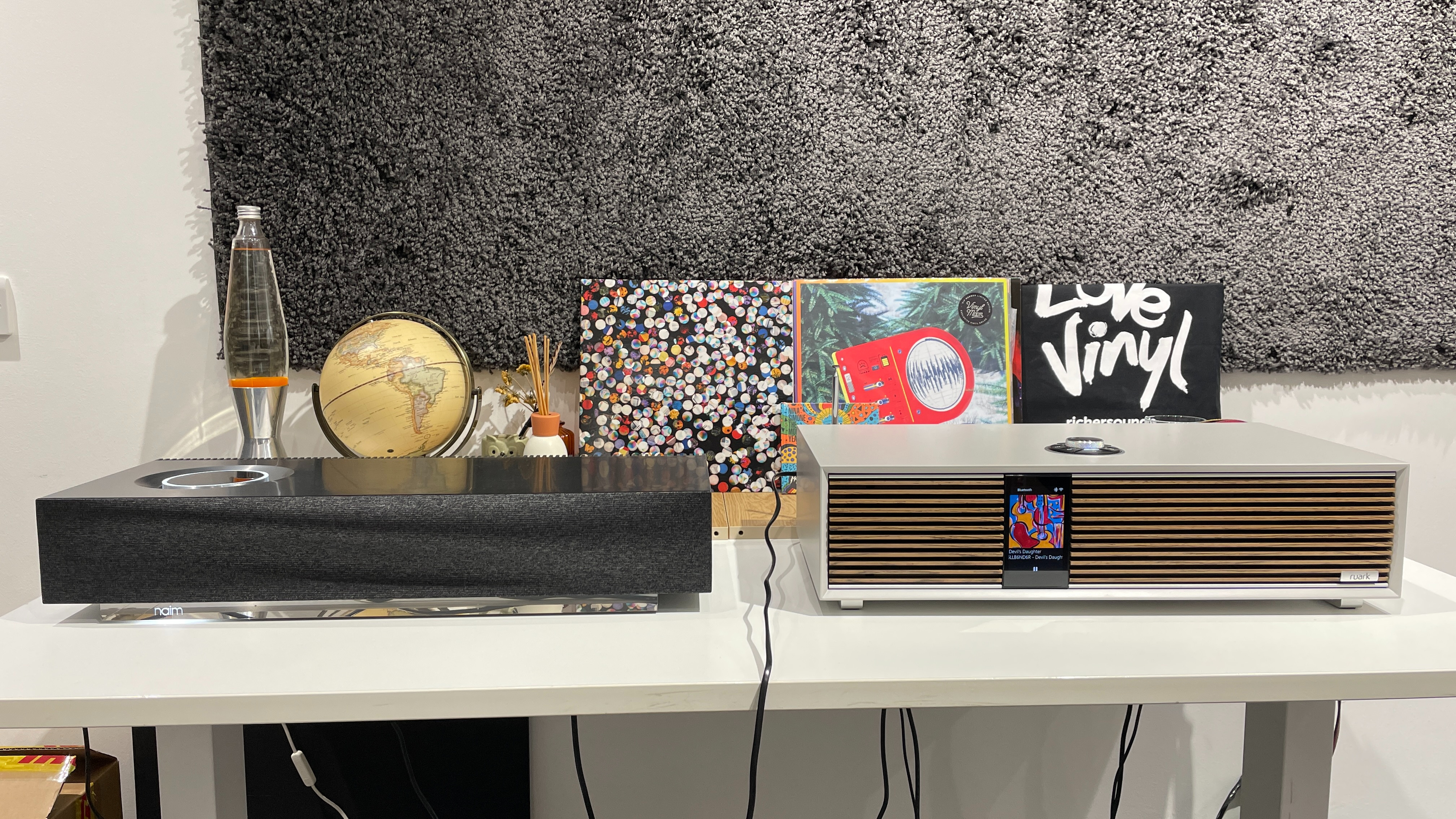
These all-in-one systems don't come cheap, but think of what you're getting: they pack in so many functions and features (amplification, source, streaming, speakers) that would cost much more if you were to divide them up into their equivalent hi-fi separates.
The Ruark R410 is priced at £1299 / $1699 / AU$2599, while the Naim Mu-so 2 was originally reviewed in 2019 at £1299 / $1599 / AU$2499, although it is now retailing for £1149 / $1299 (Australian dollar prices vary wildly). It's not a huge amount between them, but if you're looking for the best deal, the four-year-old Naim's discounted pricing just about edges the newer, pricier Ruark out.
*Winner: Naim Mu-so 2*
The latest hi-fi, home cinema and tech news, reviews, buying advice and deals, direct to your inbox.
Ruark Audio R410 vs Naim Mu-so 2: Design & build

It isn't just the features and sound quality you're paying for. It's the design of these systems – that are geared towards being lifestyle-friendly units – that matter just as much. And you couldn't pick two more different aesthetics than Ruark and Naim.
When we first laid eyes on the first-gen Naim Mu-so back in 2014, we were immediately impressed. Here was a cutting-edge, streaming, wireless speaker system that looked exquisitely modern and contemporary – it was unlike anything else we'd seen at the time, especially from a traditional British hi-fi manufacturer. The Mu-so 2 refined the design but remains a stunning looker. All sleek, metal lines with its solid anodised aluminium body, mirrored base and distinctive aluminium heatsinks (inspired by its flagship Naim Statement amplifier).
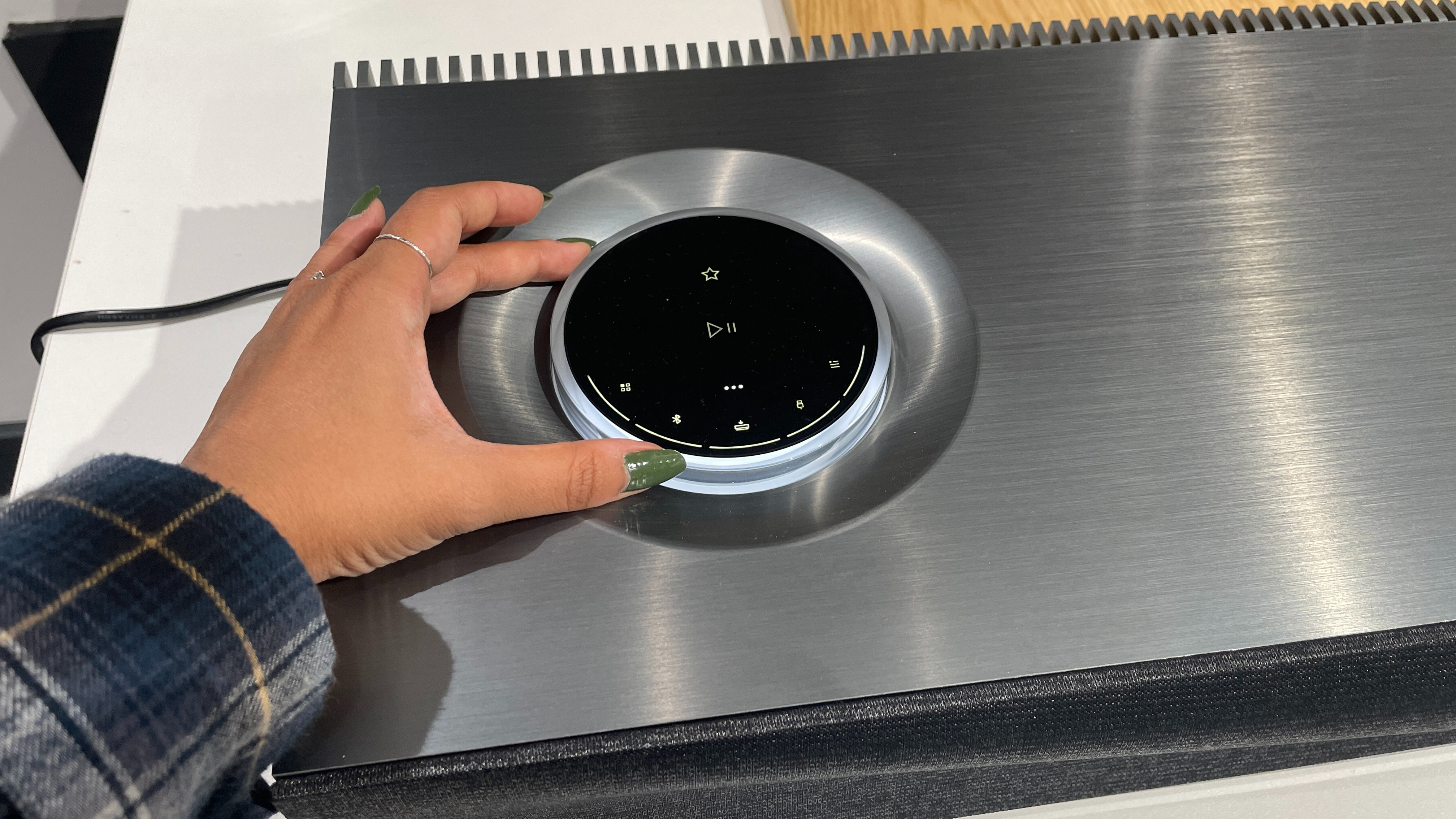
But it's that gorgeous, illuminated control dial dominating the top of the unit that still makes us gasp with glee – it's a stunning bit of design that has a silky-smooth feel when used to change volume, source or control playback. Even with newer models from Apple, Sonos and KEF pushing the boundaries for appealing, lifestyle-friendly audio kit, still looks as fresh and sharp as ever.
You can swap out the front panel's woven grille for different colours, while the connections are hidden away underneath one side. There's no screen, however. You'll no doubt want to keep touching and prodding the beautifully machined volume dial – which is also touch sensitive with glowing icons – but there's also a slim remote control that comes in the box, and the arguably more useful Focal & Naim app to control all elements of the Mu-so 2's streaming and playback.
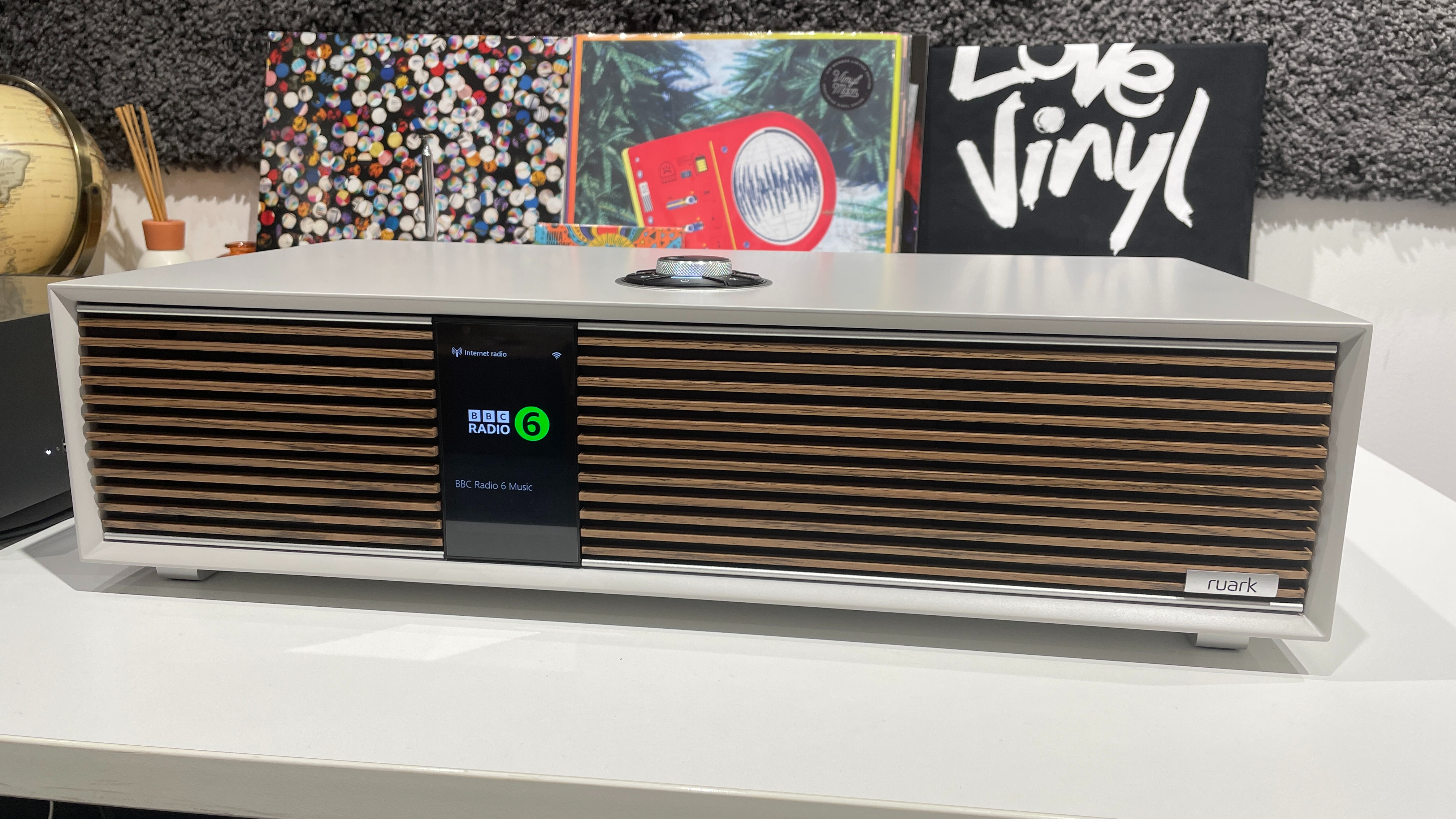
At the other end of the design scale, you have the warmer, softer, wood tones of the Ruark R410, but with just as much attention and care taken to the build quality and design. Ruark has always dipped its toe into the modern-retro design trend with its speakers and radios, but the R410 is an elevated evolution. The edges of the cabinet are a touch rounded, the front slatted wood grilles have a gentle contour to them, and if you're opting for the walnut wood finish rather than the soft grey of our review sample, you should know that it's been engineered from sustainable woods and has been crafted in a way to deliver a consistent grain pattern and a resistance to colour change over time. It's admirable both on a visual and a tactile level.
The hand-crafted element gives it a unique feel, while the metal legs and metal outlines on the front are small touches of contemporary design. The bigger design upgrade is the off-centre TFT screen that gives you access to all menus, settings, sources and streaming options and shows album artwork in full, bright colour. We do wish it was a larger screen, however, as the crisp text isn't easy to read from afar.
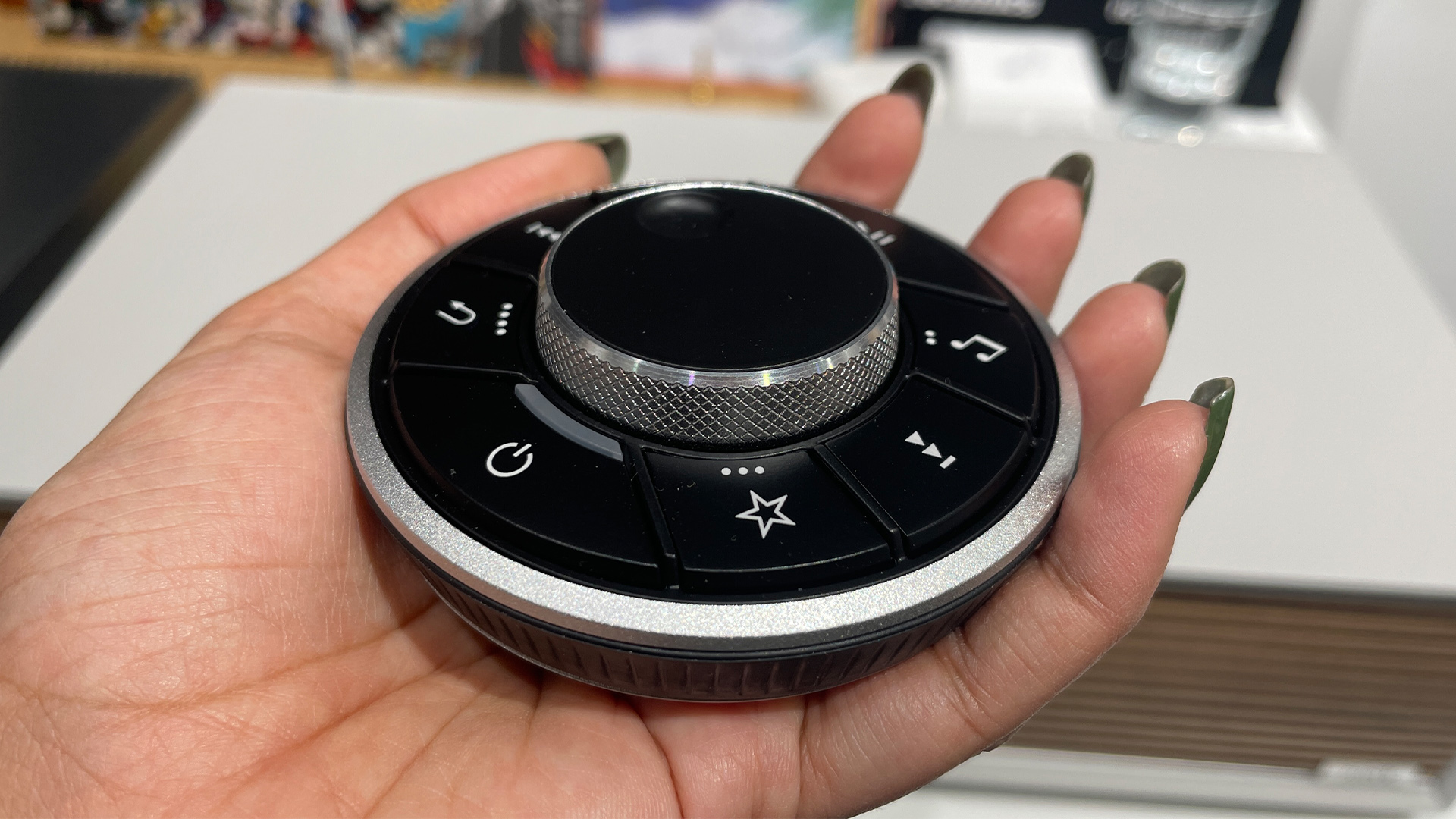
The connections are all featured at the back, while at the top of the unit you'll find an updated version of Ruark's RotoDial controller. It's perhaps not as sexy as Naim's illuminated control dial or as seamless in use, but we like the new metal accents and have found it a nice, tactile way to interact with the R410. There's no app here – you'll have to use your smart device's integrated apps for streaming – but you do get a replica of that very same RotoDial in portable form as a remote control handset. It's a neat idea and feels lovely to use in hand.
Regardless of design, both the Naim and the Ruark are built to a high standard and look and feel luxurious in use. They are substantial units, too: the R410 measures 15 x 56 x 29cm (hwd) while the Mu-so 2 is 12.2 x 62.8 x 26.4cm (hwd) – both will need considerable space on your mantle, sideboard or shelf.
We imagine most buyers will make their first decision here and will be happy with either: which style will suit your interior design/living room most? Do you go for the cool, sleek, metal style of the Naim or the warm, wooden, retro feel of the Ruark? We couldn't decide either.
*Winner: Draw*
Ruark Audio R410 vs Naim Mu-so 2: Features & connections
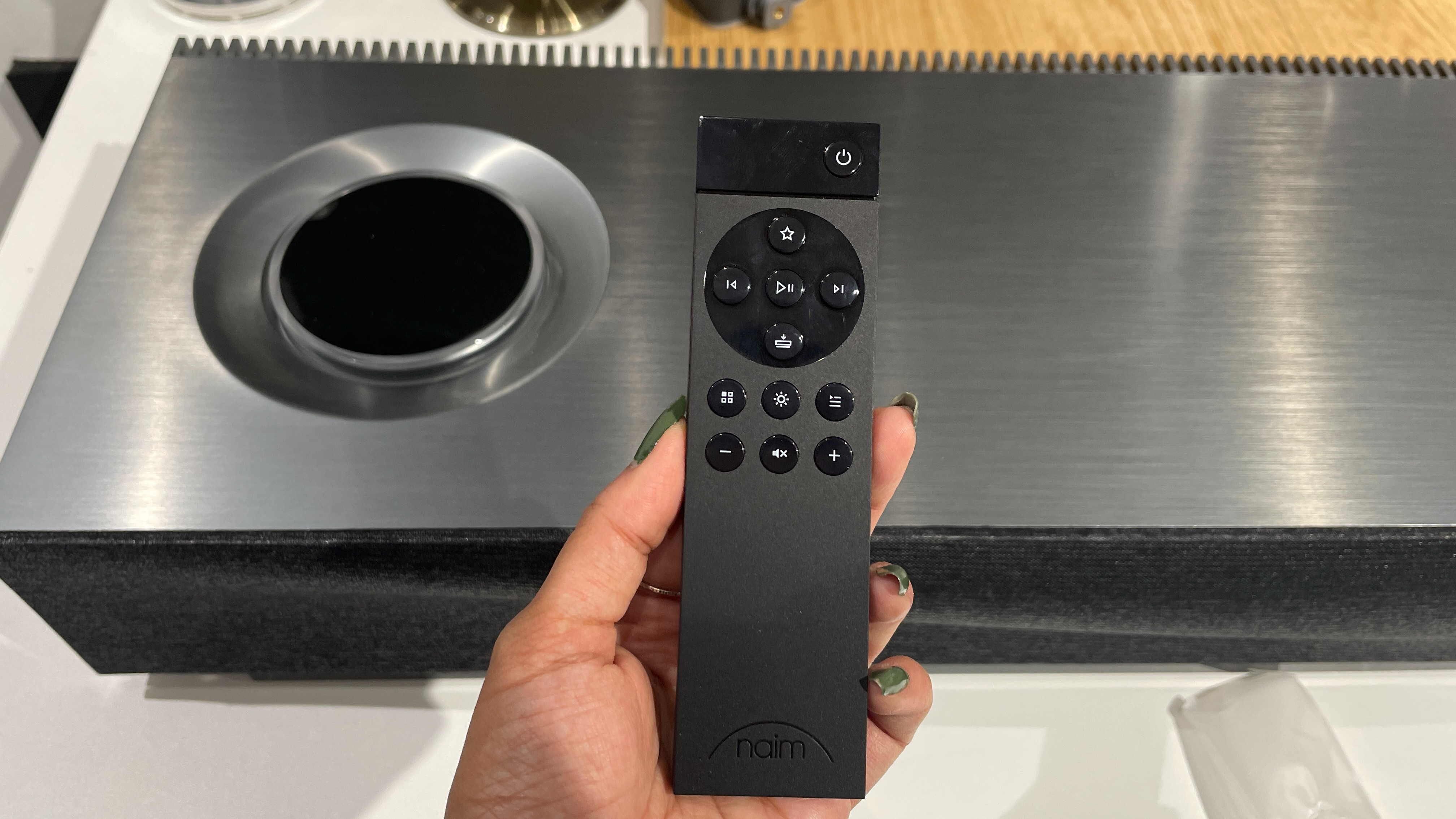
Let's get into the nitty gritty details now. Both systems feature built-in amplification, wi-fi and ethernet connections for streaming, and built-in speakers.
In terms of features and connections, they share many of the essential features we'd expect from an all-in-one streaming system: both also have Apple AirPlay 2, Bluetooth, Google Chromecast, Tidal and Spotify Connect (and support for other music streaming apps) and the UPnP-powered ability to play music files stored on your local network.
Things start to diverge when you go even further into the technical specifications, and which of these two all-in-one systems is best for you depends on which feature or connection is most important to your listening needs at home.
The Naim Mu-so 2 has an optical input, a 3.5mm analogue connection, a USB-A port and an HDMI ARC input, and through the app you can also create multi-room systems with other Naim streaming products including the first-gen Naim Mu-so and Mu-so Qb 2nd Gen units (up to five Naim units). Internet radio is also available and the Mu-so 2 has Roon Ready certification. Additionally, its streaming platform is the same technology used in Naim's five-star Uniti products (such as the Atom) and high-end ND 555 music streamer.

The Ruark R410, meanwhile, adds in FM, DAB/DAB+ and internet radio, as well as a built-in moving magnet phono stage. It also features HDMI eARC (the Naim has standard HDMI ARC only) and aptX Bluetooth alongside the standard AAC and SBC codecs. The R410 has a pair of analogue RCA inputs and a pair of phono inputs, a sub out, an optical input and a USB-C input (that can also charge devices). It is multi-room capable, but through the AirPlay and Google Cast platforms, not through any Ruark-specific platform as it doesn't have a bespoke app.
In terms of high-resolution music, the Mu-so 2 can handle up to 24bit/384kHz in WAV, FLAC, ALAC and AIFF formats, as well as DSD64 and DSD128 files. The R410, meanwhile, can handle FLAC and WAV files up to 32bit/384kHz resolution. There's no Roon or DSD support in the R410 at the moment.
During our reviews, we found both products to deliver a comprehensive and more than adequate spread of connections and streaming features to use with the usual sources. We certainly didn't lack playback options, but if you'll be using the Naim or the Ruark in multiple or specific ways – to boost your TV's sound, hook up a turntable or CD player, or simply access local radio stations – then choose carefully.
For the addition of the phono stage, FM/DAB radio and the extra analogue connection, however, we've got to give it to the Ruark here.
*Winner: Ruark Audio R410*
Ruark Audio R410 vs Naim Mu-so 2: Sound quality

You're reading What Hi-Fi?, so that means you're likely to reserve your buying decision until you get to this all-important stage: audio quality.
Inside the Ruark R410 are a pair of 20mm silk dome tweeters (carried over from the Award-winning MR1 Mk2 desktop speakers) and a pair of new 10cm paper cone mid/bass drivers. All are powered by a total of 120W of Class D power – a surprise departure from Ruark Audio, which ordinarily prefers the less efficient Class A/B alternative for its hardcore hi-fi credibility. Two bass reflex ports on the bottom reinforce the low frequencies. For the best sound, we'd recommend turning off the Stereo+ 3D option in settings.
The Naim, meanwhile, sports six custom-designed drivers (two dome tweeters, two midrange and two racetrack bass drivers), all optimised in collaboration with sister company Focal, each powered by 75W of digital amplification. That results in a whopping great 450W of power in total. The bass reflex port is ribbed and flared to minimise distortion, while the advanced DSP technology can process 13 times as many instructions as the original Mu-so, with digital timing for accuracy given more attention too.
If that sounds like the Naim is the more powerful of the two, you'd be right. The Mu-so 2 packs a punch, delivering a muscular, hefty-bass-weight sound that's immediately powerful and attention-grabbing. It's adept at throwing sound out into a large room, too, and can go very loud when needed (although a touch of distortion and unruliness can creep in if pushed too hard). Five years on, and the Mu-so 2 is still a big, fun performer with ample detail, dynamics and verve.
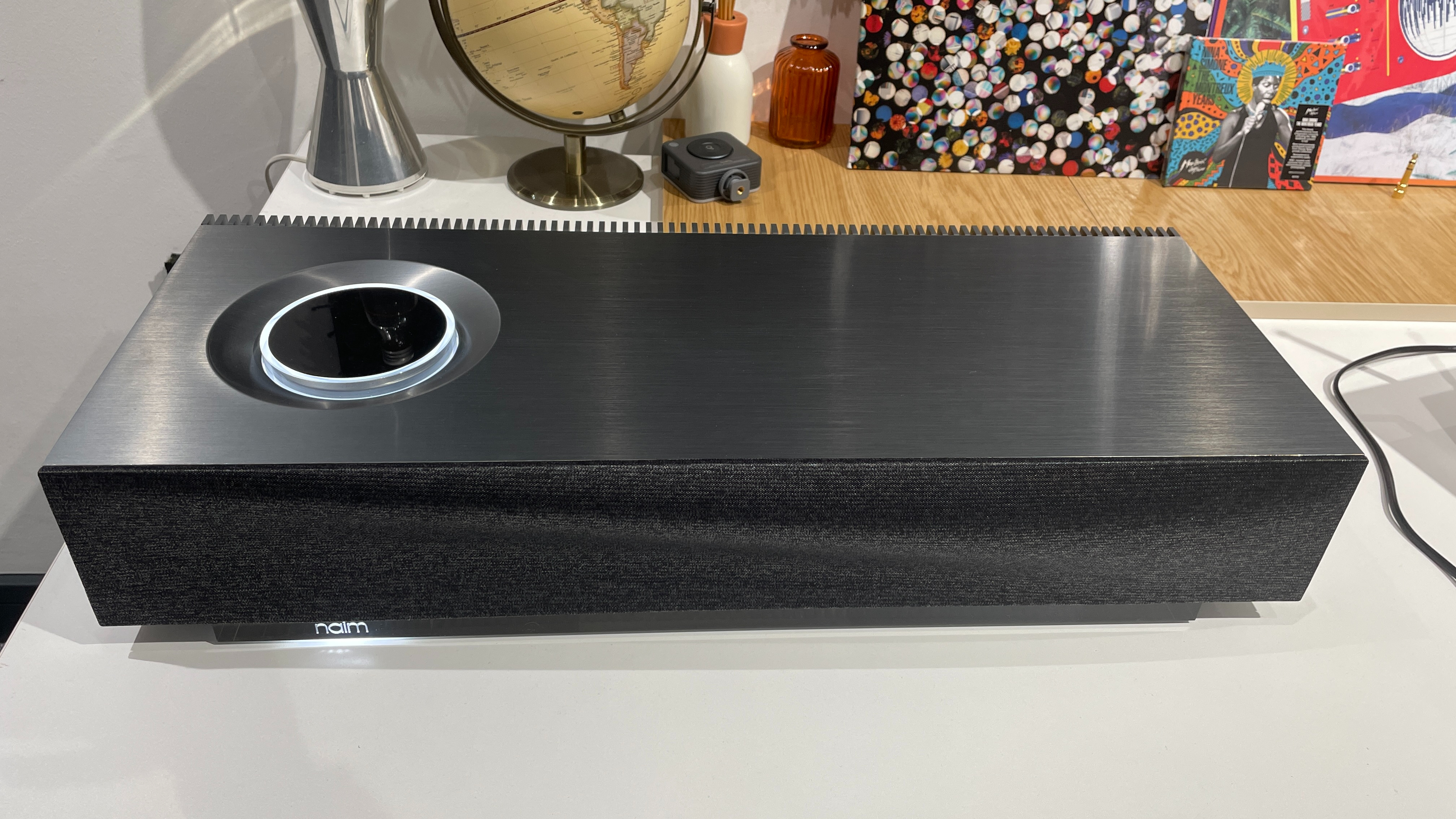
The Ruark R410, however, is cleaner, clearer, with more precise and neat edges, and with a more composed, mature presentation. It's perhaps not as immediately arresting nor does it offer lashings of deep bass, but it does communicate music with a greater degree of subtlety and snappier rhythmic alacrity, all resulting in a more authentic and ultimately more balanced sound. It makes the boisterous Naim sound less nuanced in comparison.
When listening to Marlon Williams' vocals in gothic-tinged folk song Strange Things, the Naim offers a rich, full-bodied sound that's expansive and easy to listen to. The Ruark's cleaner profile means we hear more nuance and textures in his voice, and it comes through with more meaning and intimacy. When listening through the Mu-so 2, the instruments and voices tend to sound forward in the soundscape (big-scaled as it is) and there can be a bit of a fight about who gets the spotlight. The Ruark is more well-behaved in comparison and places musical elements more clearly in the soundstage.
The ferocious, attacking rhythm of the hip-hop track Close Your Eyes (And Count To...) by Run The Jewels is handled with more precision, drive and snap through the Ruark, but we have to commend the Naim for delivering such beefy, muscular lows – the basslines have impact and grunt, even if it can sound a tad fuzzy compared with Ruark's tauter (but leaner) bass performance.
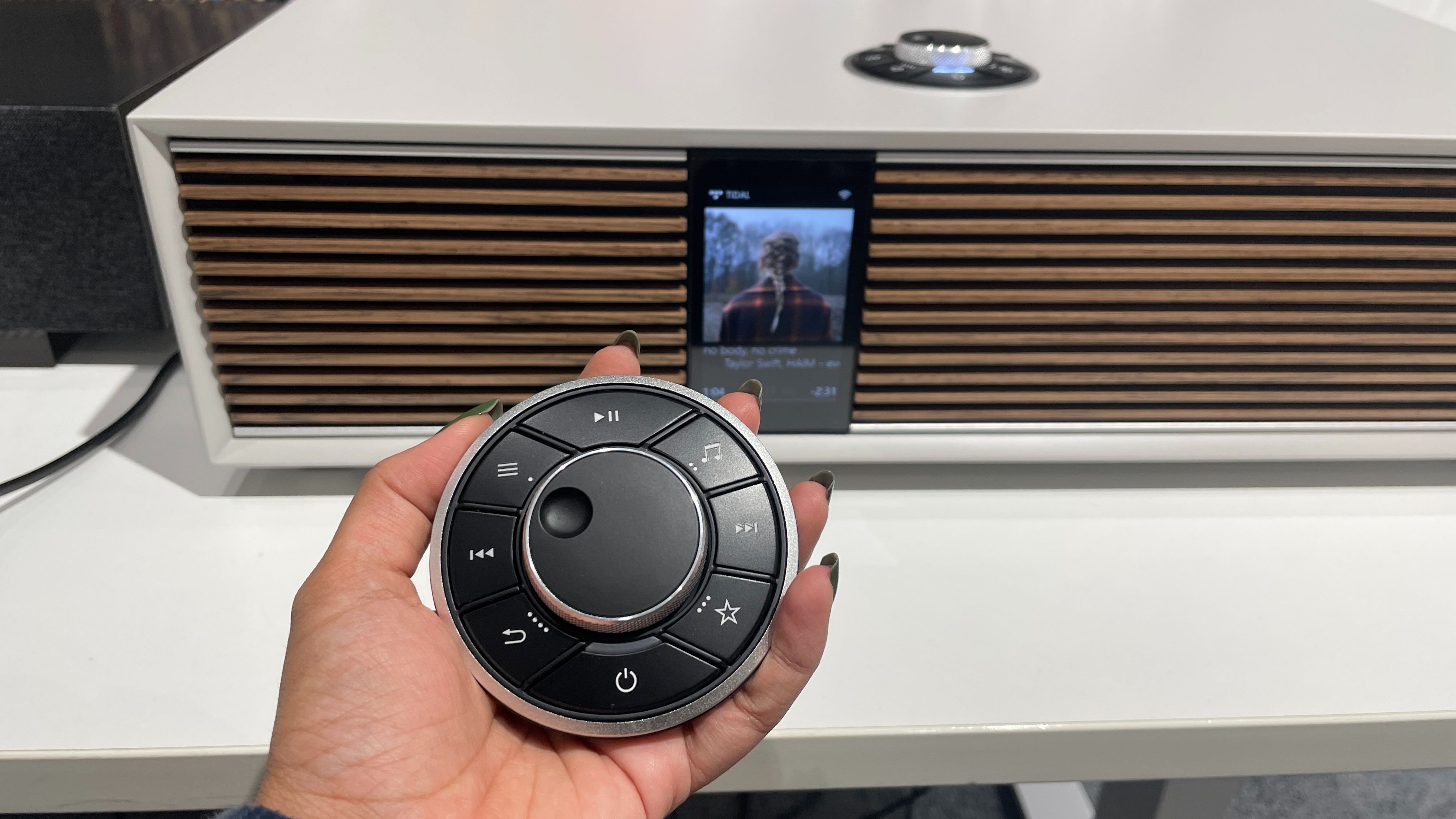
Switch to the more sparse piano composition in Gnossienne No.1 by Erik Satie, and here's where Ruark's delicate touch manages to reveal more textures and subtler harmonies surrounding each piano note. The tune is fluid and lively, turning contemplative and moody when needed. You fully get the sense of fingers putting the right pressure on the notes, and the resulting depth of sound accordingly. The Naim's bold presentation means there's authority and energy when tackling bigger orchestral pieces, while Ruark's more composed nature and quieter backgrounds offer a wider dynamic range – it's more expressive. We spent hours comparing the two systems and played a variety of music styles, from Taylor Swift (Exile) to John Williams (Jurassic Park Theme) to classic test track staple Massive Attack (Angel). And truth be told, we had a grand time with both.
Yes, the Naim Mu-so 2 can imprint more of its energetic personality on each song and, while the R410 certainly has its own sonic character too, it's less intrusive on music than with the Naim. The Naim likes to party, while the Ruark is the more composed of the two. While we know plenty will still love Naim's exuberant character, the Ruark's cleaner, more precise and more detailed sound with greater dynamic expression is the clear winner in outright sound performance.
*Winner: Ruark Audio R410*
Ruark Audio R410 vs Naim Mu-so 2: Verdict
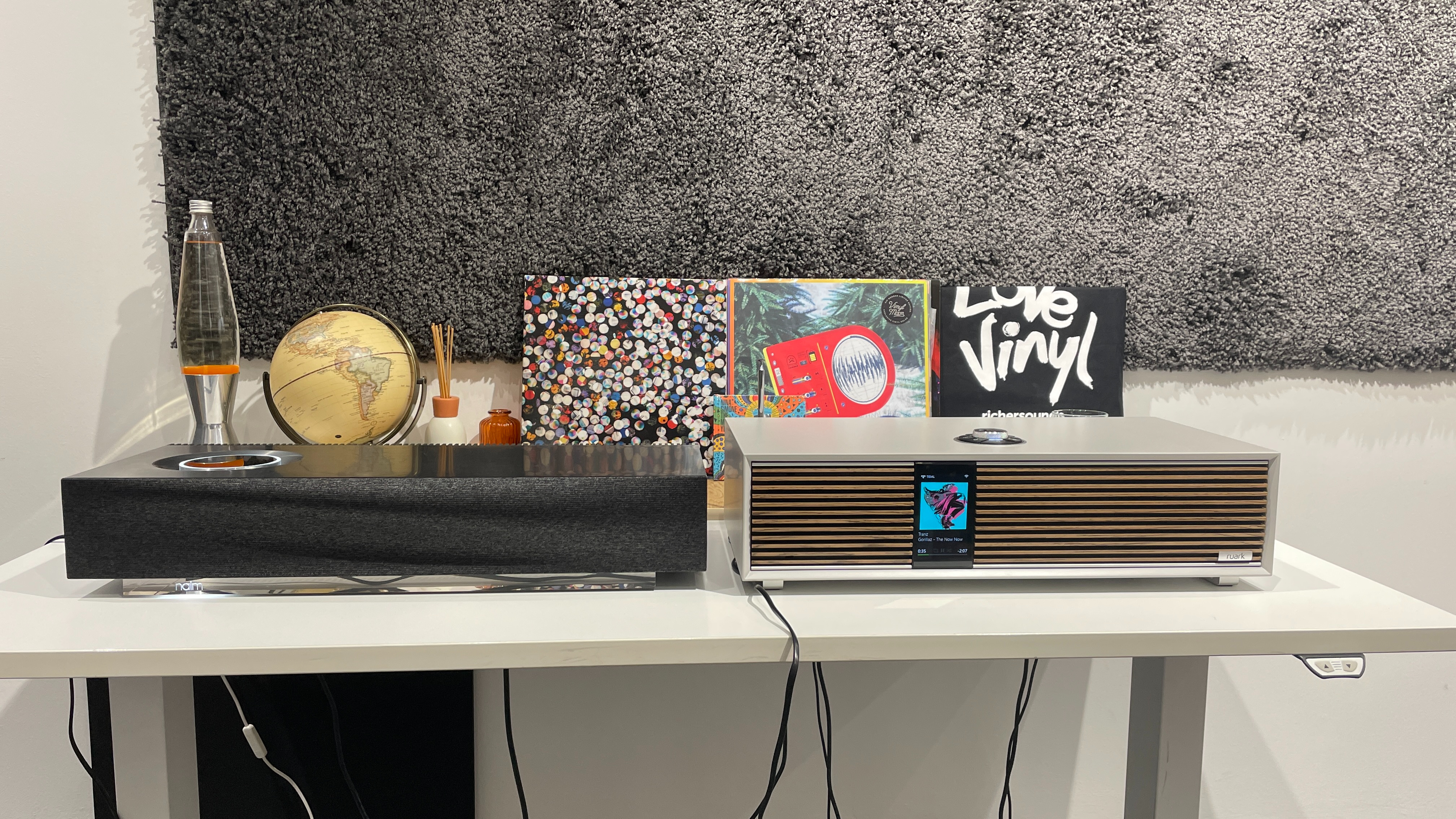
That the Naim Mu-so 2, five years since launch, still looks fantastic, sounds fun and is a joy to use is a testament to how well-engineered the system was to begin with. The new Ruark's advancements in sound and extra features shouldn't take away from just how generously featured, well-crafted and engaging the Mu-so 2 is. It remains a five-star performer and if its particular set of talents and sleek looks wins you over, it will serve you well.
The new Ruark R410 is the system of the moment, however: we're enamoured of its retro charm and even if it doesn't have an app, it's a well-rounded, versatile system that sounds and performs beautifully.
Both will delight as premium all-in-one systems and if you're after a stunning-looking feature-rich music player that will look at home in the most stylish living rooms and deliver great sound without investing in a whole lot of separate boxes, then it's money well spent.
MORE:
Read our full Ruark Audio R410 review
And our Naim Mu-so 2 review
Check out all the best hi-fi systems and the best hi-fi deals available
See all the What Hi-Fi? 2023 Award winners across the hi-fi and AV categories

Kashfia is the Hi-Fi and Audio Editor of What Hi-Fi? and first joined the brand 13 years ago. During her time in the consumer tech industry, she has reviewed hundreds of products (including speakers, amplifiers, turntables and headphones), been to countless trade shows across the world and fallen in love with hi-fi kit much bigger than her. In her spare time, Kash can be found tending to an ever-growing houseplant collection and shooing her cat Jolene away from spinning records.
